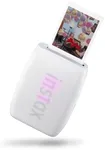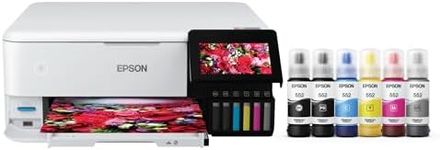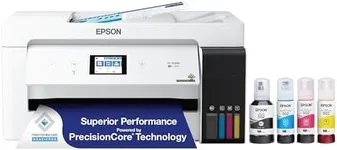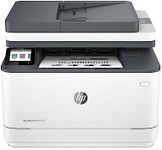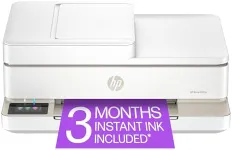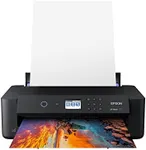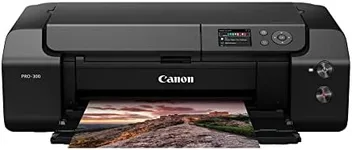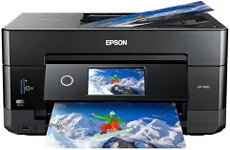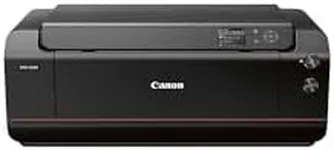Buying Guide for the Best Photography Printers
Choosing the right photography printer can make a significant difference in the quality of your printed photos. The right printer will bring your digital images to life with vibrant colors and sharp details. When selecting a photography printer, it's important to consider several key specifications to ensure you get the best fit for your needs. Here are the most important specs to look at and how to navigate them.Print ResolutionPrint resolution is measured in dots per inch (DPI) and indicates how many dots of ink the printer can place on a square inch of paper. Higher DPI values generally mean better print quality, with more detail and smoother gradients. For high-quality photo prints, look for a printer with at least 1200 DPI. If you are a professional photographer or need gallery-quality prints, consider printers with 2400 DPI or higher. Your need for resolution will depend on how detailed and large you want your prints to be.
Color AccuracyColor accuracy refers to how well a printer can reproduce the colors in your digital images. This is crucial for photography as you want your prints to look as close to the original image as possible. Printers with more ink cartridges (such as those with six or more colors) tend to have better color accuracy. Look for printers that offer a wide color gamut and have good reviews for color reproduction. If you are printing professional-grade photos, prioritize color accuracy to ensure your prints are true to life.
Ink TypeThere are two main types of ink used in photography printers: dye-based and pigment-based. Dye-based inks are known for their vibrant colors and are often used for everyday photo printing. Pigment-based inks, on the other hand, are more durable and resistant to fading, making them ideal for archival-quality prints. Choose dye-based inks if you want bright, vivid prints for casual use. Opt for pigment-based inks if you need long-lasting prints that will stand the test of time.
Print SizePrint size refers to the maximum size of the paper that the printer can handle. Common sizes include 4x6 inches, 8x10 inches, and larger formats like 13x19 inches. If you only need to print standard photo sizes, a printer that handles up to 8x10 inches will suffice. For larger prints, such as posters or professional displays, look for a printer that can handle larger paper sizes. Consider your typical print size needs and choose a printer that can accommodate them.
Print SpeedPrint speed is measured in pages per minute (PPM) and indicates how quickly a printer can produce prints. While not as critical as print quality, print speed can be important if you need to print a large number of photos in a short amount of time. Faster print speeds are beneficial for event photographers or those who need to produce prints on demand. If you print photos occasionally, a slower print speed may be acceptable. Assess how often and how quickly you need your prints to determine the right print speed for you.
Connectivity OptionsConnectivity options refer to the ways you can connect your printer to your devices. Common options include USB, Wi-Fi, and Ethernet. Wi-Fi connectivity allows you to print wirelessly from your computer, smartphone, or tablet, which can be very convenient. Some printers also support direct printing from memory cards or USB drives. Consider how you plan to connect to your printer and choose one with the appropriate connectivity options for your workflow.
Paper HandlingPaper handling refers to the types and capacities of paper that a printer can manage. Look for printers that can handle various paper types, such as glossy, matte, and fine art papers, as well as different weights and thicknesses. A printer with multiple paper trays or a high-capacity tray can be useful if you print frequently or use different paper types. Ensure the printer you choose can handle the specific paper types you plan to use for your photography.
